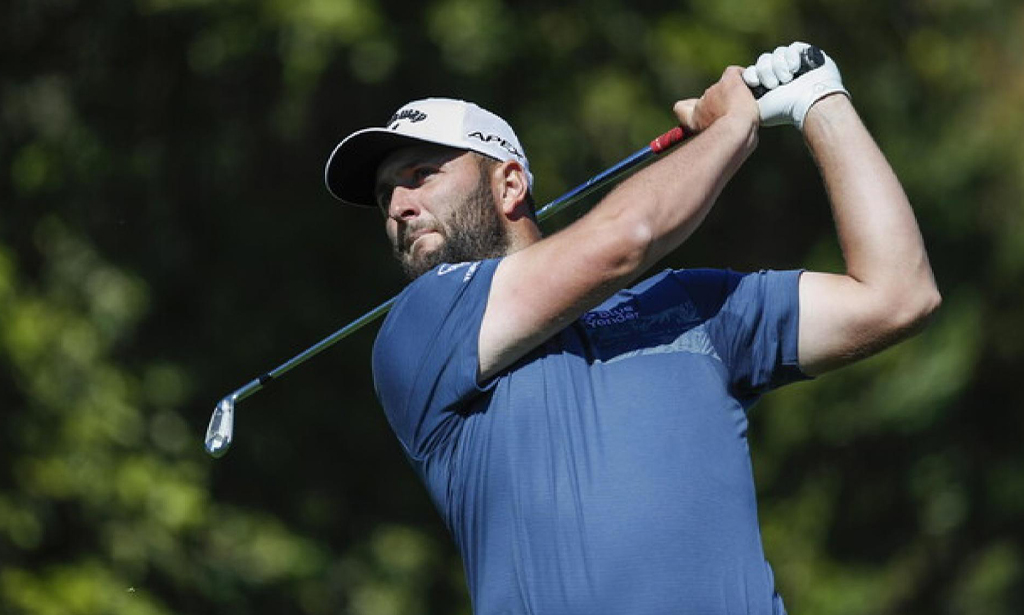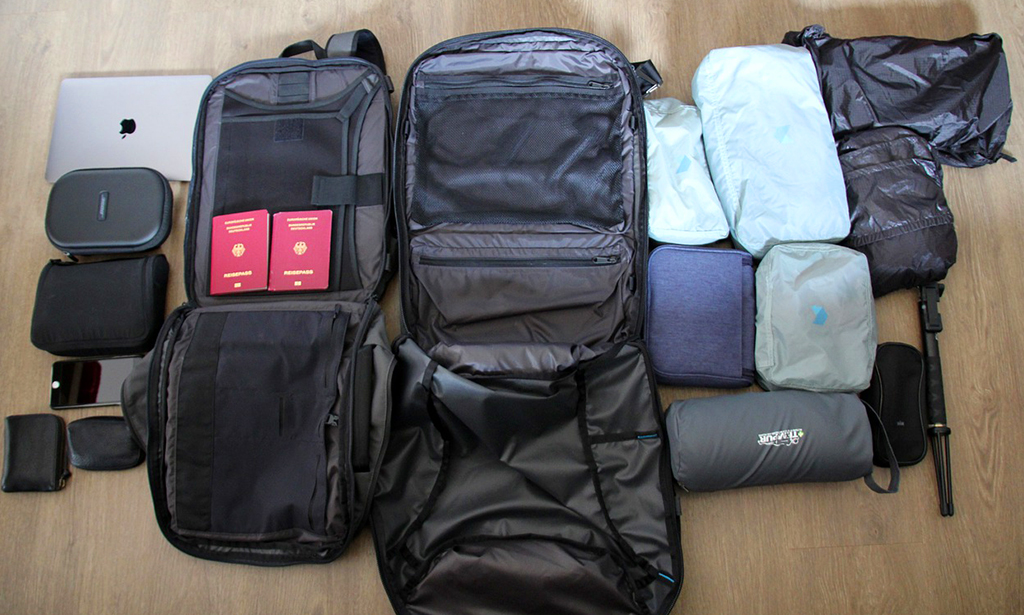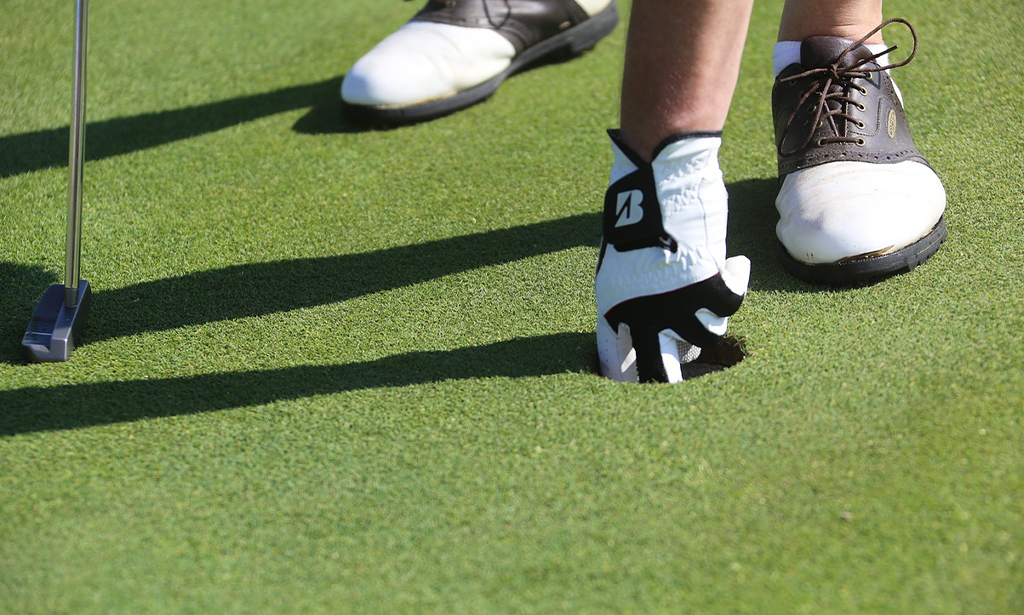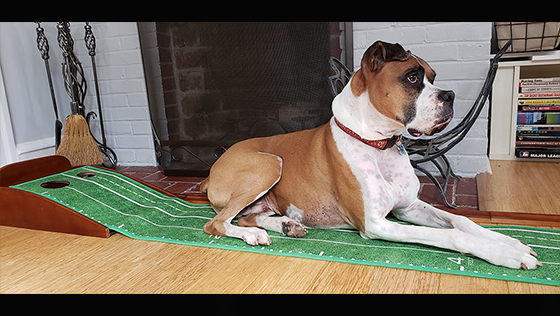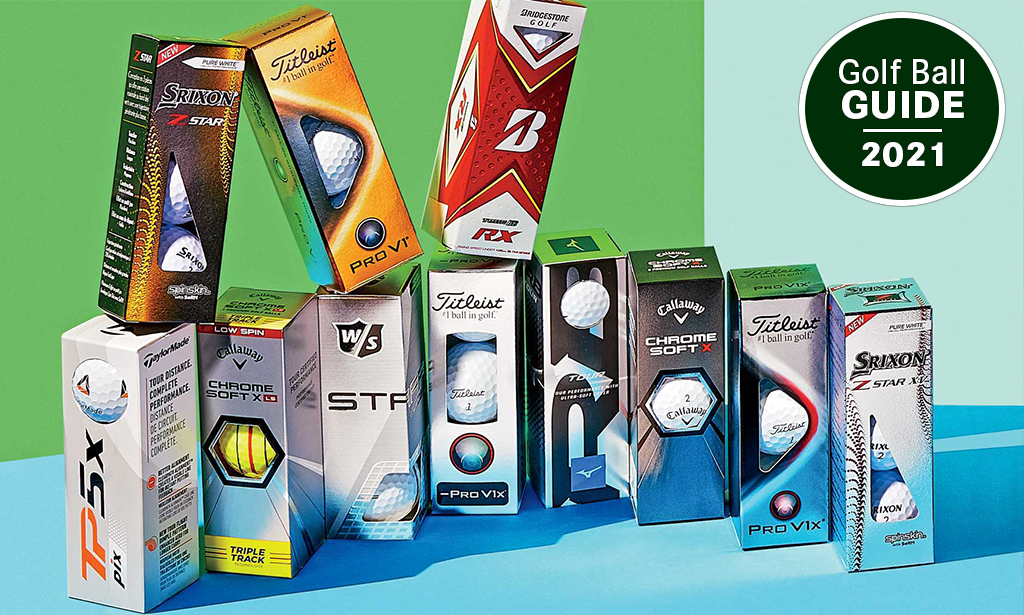Equipment
2021 Buyer’s Guide: Top Golf Ball Reviews
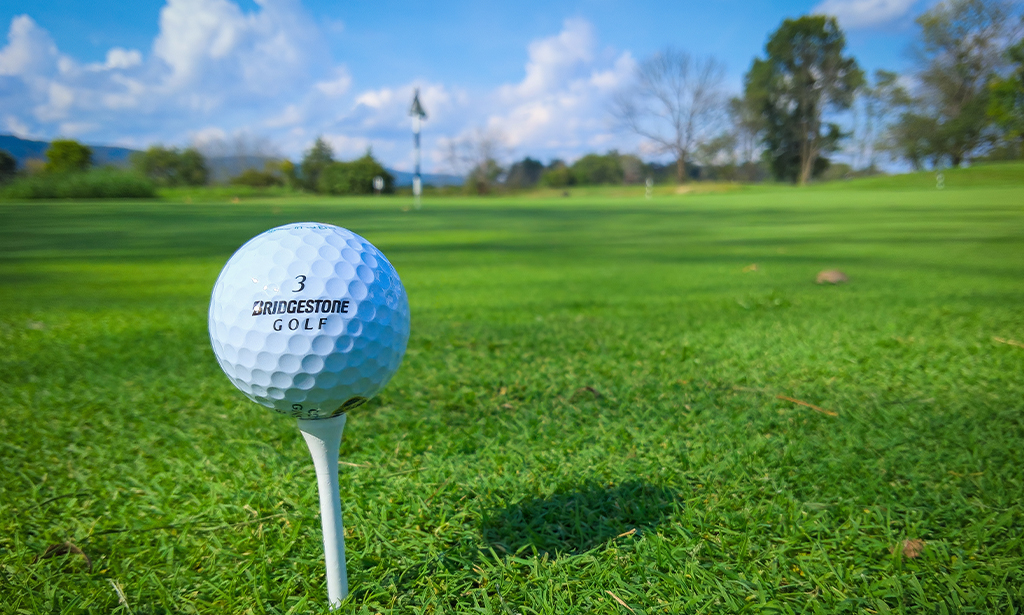
Last year, we delivered full reviews of the latest golf clubs to hit the market in ClubTest 2021. Now, we’re turning our attention to golf balls. For our Ultimate Golf Balls Buyer’s Guide, GOLF equipment editors Jonathan Wall and Andrew Tursky reviewed 42 golf ball models to make you as informed as possible when shopping this holiday season. They organized the balls into four categories: Premium, Premium Value, Distance Value and Soft Spin Value. You can find the Premium golf ball reviews below.
In the first installment of our 2021 Golf Ball Guide, Wall and Tursky studied the ins-and-outs of 19 premium golf balls. These top-of-the-line balls from companies like Callaway, TaylorMade and Titleist are designed to maximize the performance of expert golfers, and anyone else who could use the help of top-notch tech in their balls.
Here are their findings, along with advice on the type of golfer each ball is best suited for. If you identify the perfect golf ball for your game, just click the link to purchase them and start transforming your scores today.
Need help finding the right clubs for your game? Visit the expert fitters at our affiliate partner, True Spec Golf. For more on the latest gear news, check out Wall and Tursky’s latest Fully Equipped podcast.
PREMIUM GOLF BALL REVIEWS
Bridgestone Tour B X
Designed with the help of Bryson DeChambeau, the new Tour B X golf balls are made for fast swingers (over 105 mph of driver speed) who also want peak short-game performance. A new Reactiv urethane cover helps decrease spin and boost speed on long shots while increasing spin when you’re around the greens. (Available in white only.)
Bridgestone Tour B XS
Tiger Woods knows exactly what he’s looking for, and he helped design the new Tour B XS to match his preferences. As such, the new Tour B XS is built with a Reactiv cover that’s slightly softer for maximum greenside control yet still provides distance thanks to a Gradational Compression core. (Available in white and yellow.)
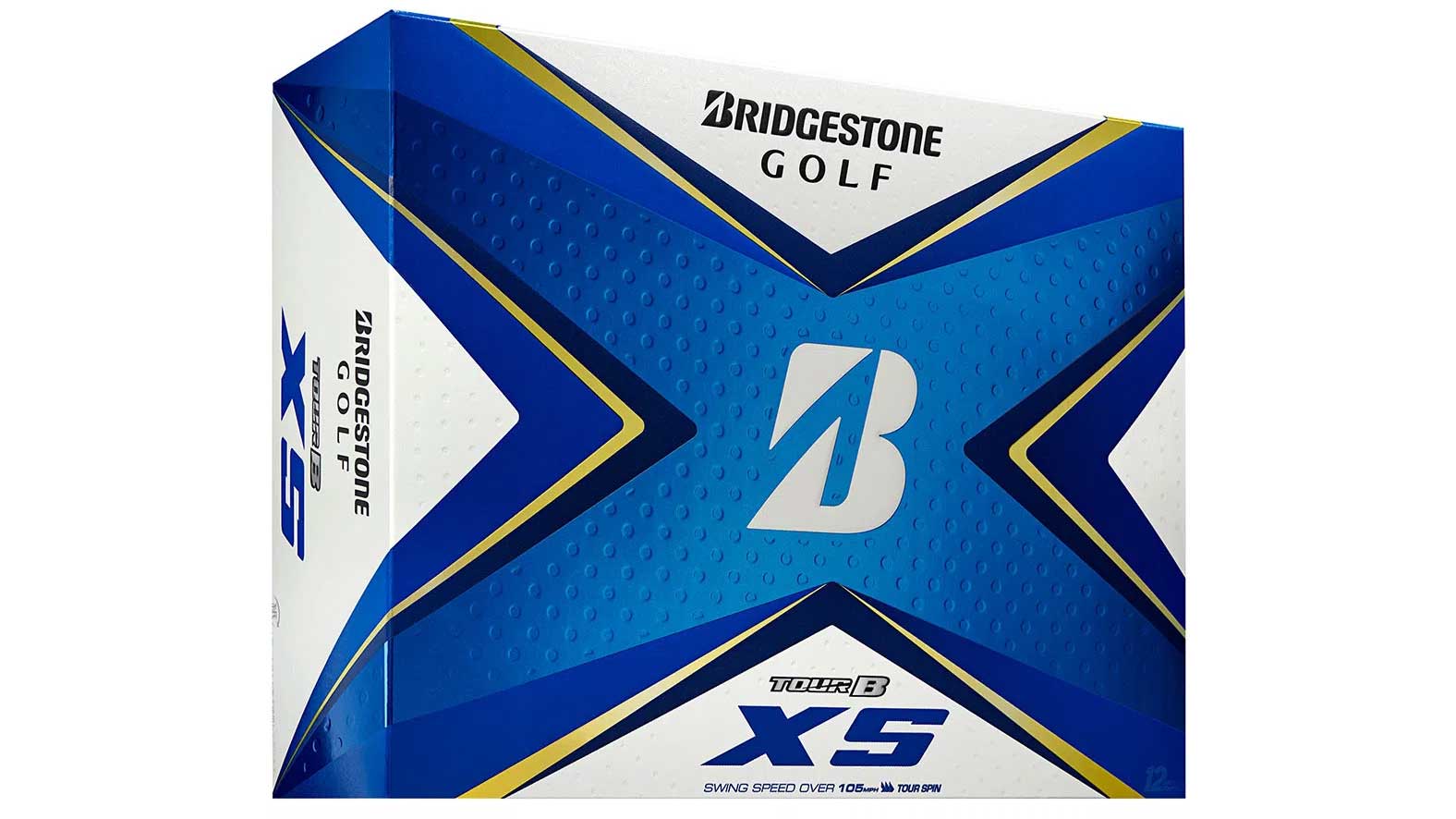
Bridgestone Tour B RX
Searching for a bit more distance without sacrificing greenside performance? The three-piece Tour B RX is designed with a lower compression to help slower-speed golfers (under 105 mph with the driver) gain distance off the tee. The Reactiv cover helps induce spin with shorter clubs too. (Available in white and yellow.)

Bridgestone Tour B RXS
The new Tour B RXS has the same Reactiv cover and core technology as Bridgestone’s other Tour ball offerings, but it’s made with a softer feel and provides max spin around the greens. Fred Couples says he plays the ball for its feel and greenside performance. (Available in white and yellow.)
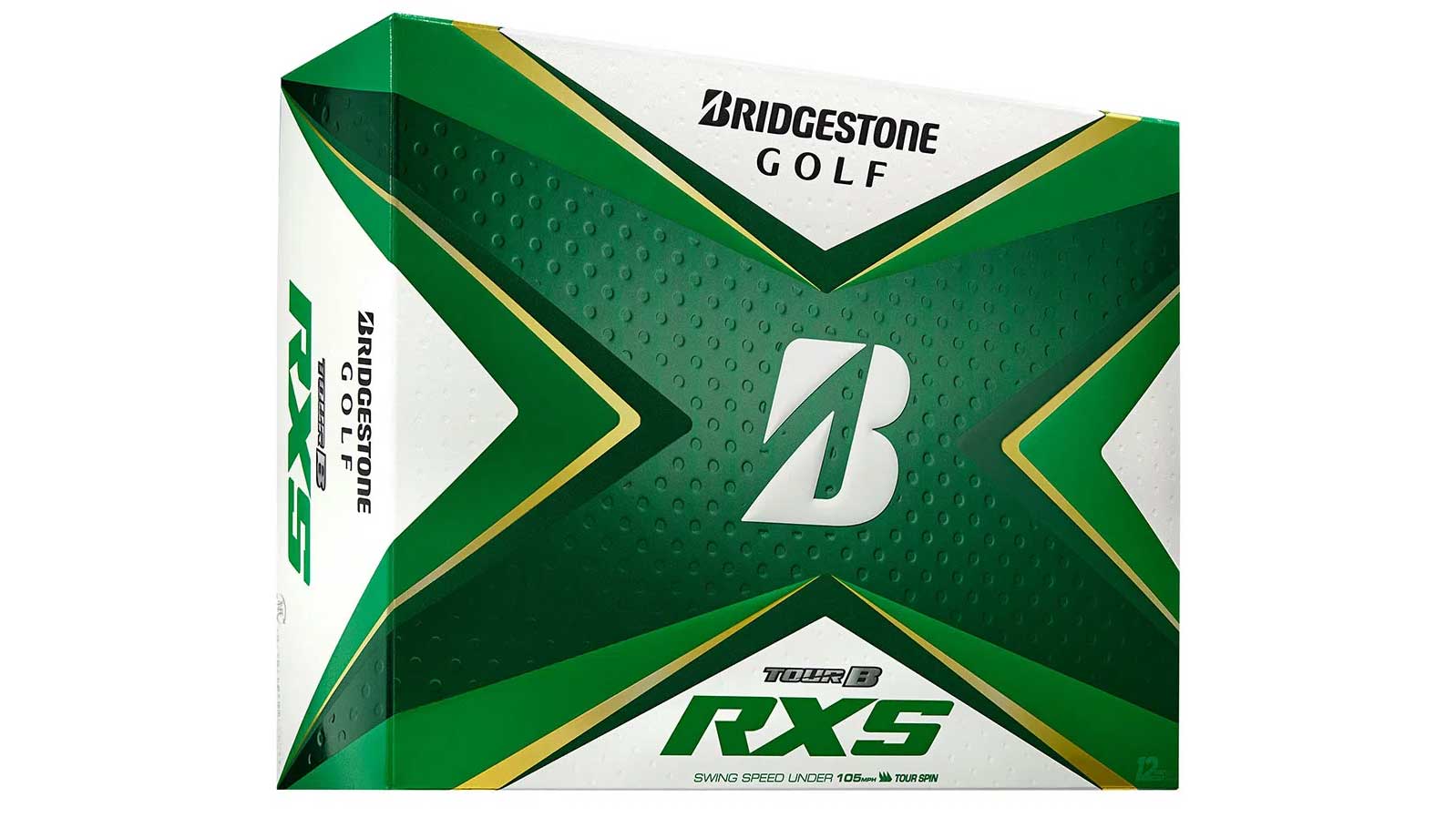
GET IT HERE ➡
Callaway Chrome Soft
Chrome Soft delivers the softest feel in Callaway’s premium lineup, and the four-piece ball has a dual-core construction for two-pronged performance benefits. The inner core is made larger to produce high launch, low spin and more distance, while the graphene-infused firmer outer core helps increase wedge spin. (Available in white, yellow, Triple Track, and Truvis.)
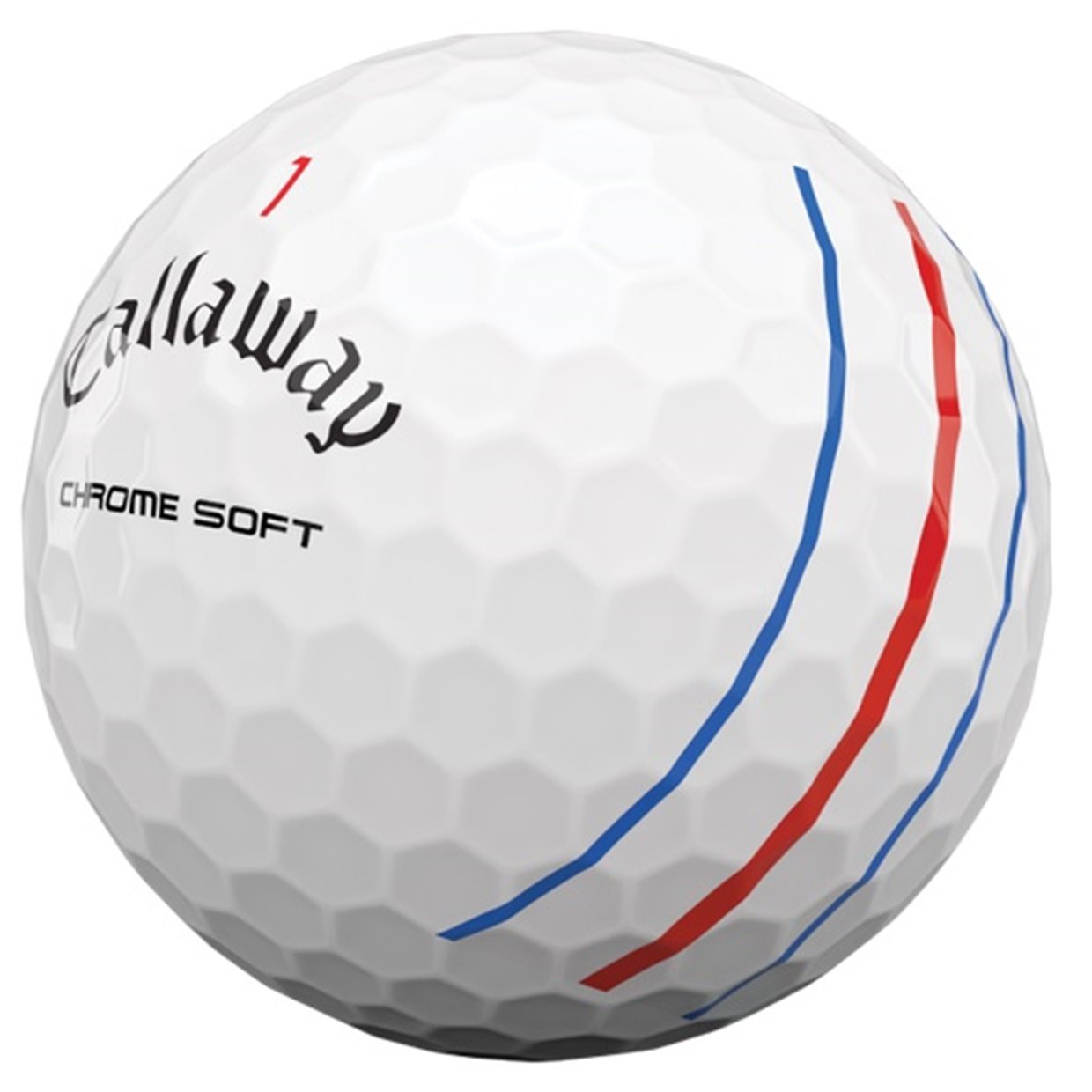
GET IT HERE ➡
Callaway Chrome Soft X
Chrome Soft X, Callaway’s most popular ball on Tour, has a large core and a dual-mantle system to provide golfers speed off the tee and spin with the wedges. With a slightly firmer feel compared to the Chrome Soft, the Chrome Soft X is built for distance and workability. (Available in white, yellow, Triple Track, and Truvis.)

GET IT HERE ➡
Callaway Chrome Soft X LS
This brand-new offering from Callaway is now the lowest-spinning ball in the company’s premium lineup. Designed based on feedback from Tour pros, the four-piece Chrome Soft X LS (Low Spin) has a urethane cover with a dimple pattern designed to reduce spin on long shots. (Available in white, yellow, Triple Track, and Truvis.)

GET IT HERE ➡
Mizuno RB Tour
Tired of hitting balloon balls that get affected too much by the wind? Mizuno uses special “C” dimples (or Cone dimples) on its urethane covers to lower spin and enhance performance in windy conditions. The four-piece golf balls are also made to deliver a soft feel, stable flight and greenside responsiveness. (Available in white.)

Mizuno RB Tour X
The RB Tour X four-piece ball has the same C dimple design as the RB Tour to help stabilize flight in the wind. The difference is that the RB Tour X version is slightly firmer, helping produce more speed for some golfers and slightly higher spin on longer shots. (Available in white.)

Srixon Z Star
Seriously, who doesn’t want more spin on their wedge shots? Srixon’s three-piece Z Star ball has an elastic urethane cover to help wedge grooves bite into it and create more spin. They have thin covers, a soft feel and are made for a mid-flight on long shots. (Available in white and yellow.)

Srixon Z Star XV
If the Z Star ball is made for spin, then the Z Star XV is built for distance. The four-piece Z Star XV balls have a soft inner core and firmer outer core to help create more speed on drives and approaches. The construction also helps create a higher launch. (Available in white and yellow.)

GET IT HERE ➡
TaylorMade TP5
The new TP5 has a larger core designed for greater energy transfer and distance. Thankfully, the speed increase doesn’t come at the expense of control. The five-layer TP5 has a new dimple pattern to reduce drag during flight and increase angle of descent for greater stopping power. (Available in white, yellow, pix and pix USA.)

GET IT HERE ➡
TaylorMade TP5x
Compared to the TP5, the new TP5x ball has a slightly firmer feel and helps produce TaylorMade’s fastest and longest flight. The TP5x, like the TP5, is built with five layers, including a urethane cover, and uses HFM (high-flex material) to increase energy transfer at impact. (Available in white, yellow and pix.)

GET IT HERE ➡
Titleist AVX
If you’re looking for a premium Titleist ball with a urethane cover but with a softer feel, lower spin and more distance, this is the option for you. The AVX has a large core construction and a thin cover, providing golfers with a piercing ballflight and soft feel. (Available in white and yellow.)

GET IT HERE ➡
Titleist Pro V1
Amazingly, Titleist’s iconic Pro V1 line is entering its third decade. Never resting on its laurels, the company completely redesigned the new Pro V1 and V1x for 2021. Compared to previous iterations, the new three-layer Pro V1 delivers a softer feel and more spin on short shots. Thanks to a firmer casing layer, you’ll find more speed on tee shots and longer approaches. (Available in white and yellow.)

GET IT HERE ➡
Titleist Pro V1x
Not sure whether to buy the new Pro V1 or Pro V1x? The new Pro V1x has a dual core construction that’s designed for a higher flight, more spin and a slightly firmer feel. Like the Pro V1, the new Pro V1x is also built for more ball speed and a softer feel. (Available in white and yellow.)
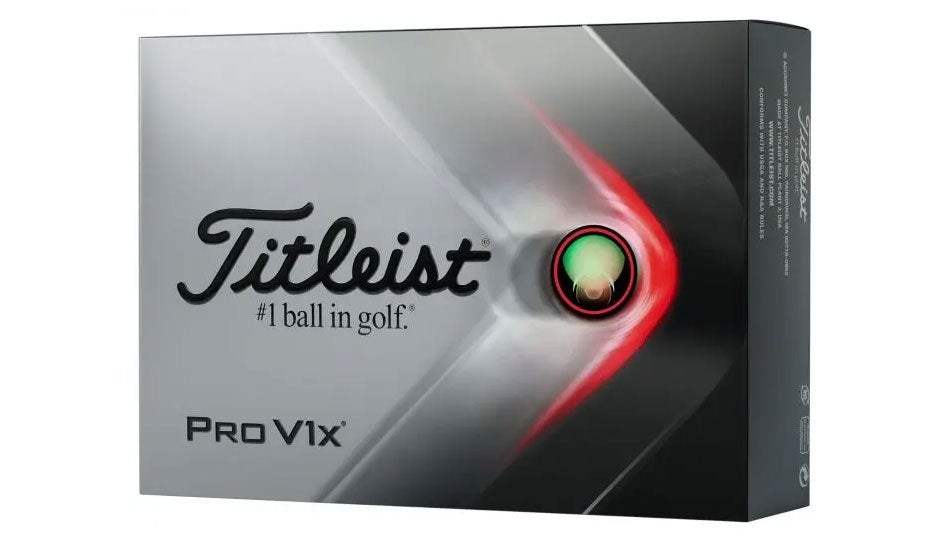
GET IT HERE ➡
Titleist Pro V1x Left Dash
Tour players have been using a “Left Dash” prototype for years, and now it’s available to consumers. The Pro V1x Left Dash is designed to provide golfers the high flight of the standard Pro V1x but with significantly lower spin and a firmer feel on long shots. (Available in white.)
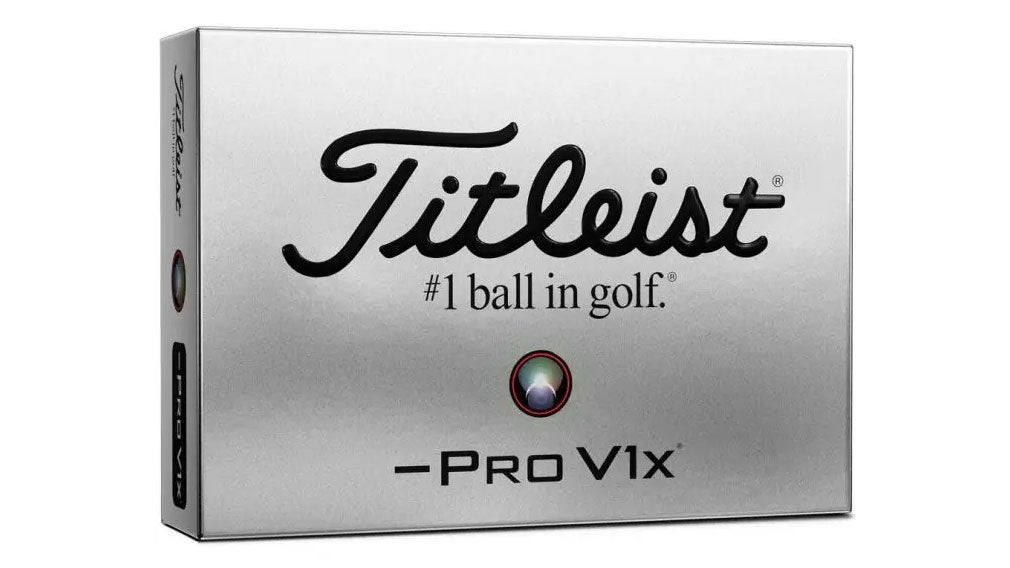
GET IT HERE ➡
Wilson Staff Model
Wilson pays extra attention to an overlooked part of golf ball construction: the paint job. These four-piece urethane Tour balls use a special paint application process to ensure even coating and consistent performance. They also have cores that are designed to increase velocity for more distance. (Available in white.)
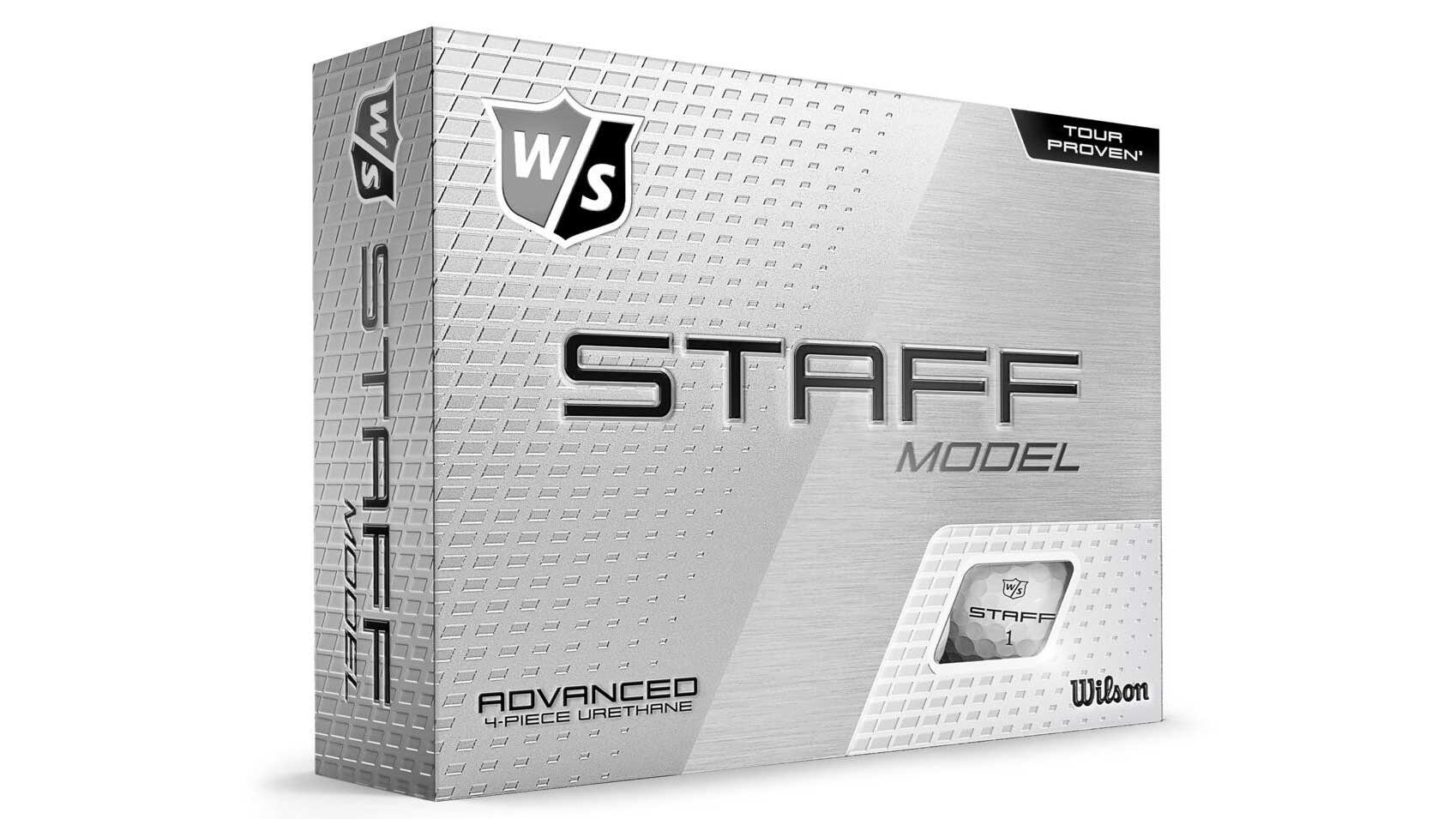
GET IT HERE ➡
Wilson Staff Model R
This Staff Model ball also emphasizes the paint job without using any paint at all! The Staff Model R’s unpainted urethane cover is designed to lower flight and increase short-game spin by grabbing the wedge grooves more at impact. (Available in white.)
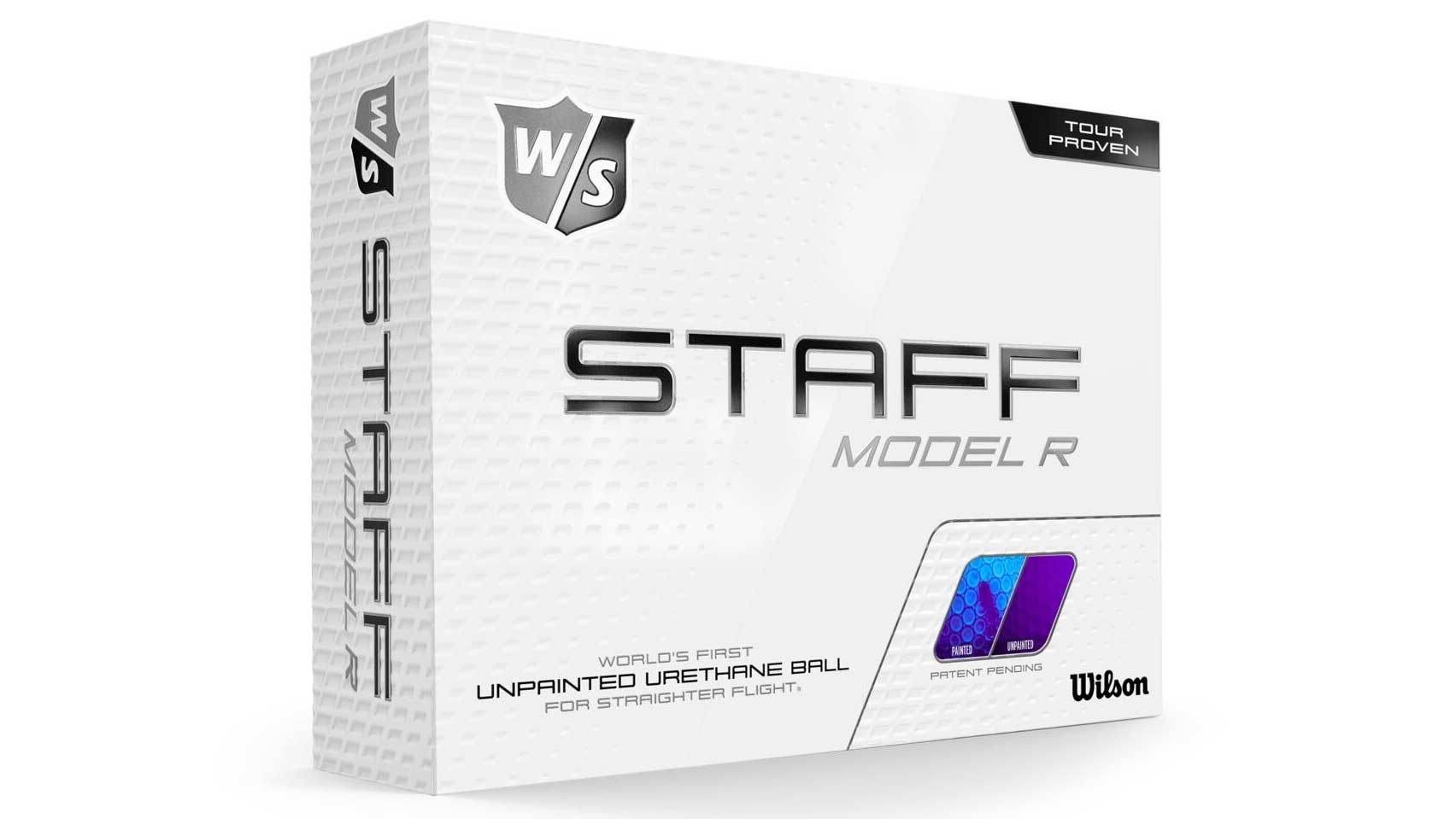
This article originally appeared on Golf.com.
Equipment
Do White and Yellow Golf Balls Perform the Same… Here’s What We Discovered
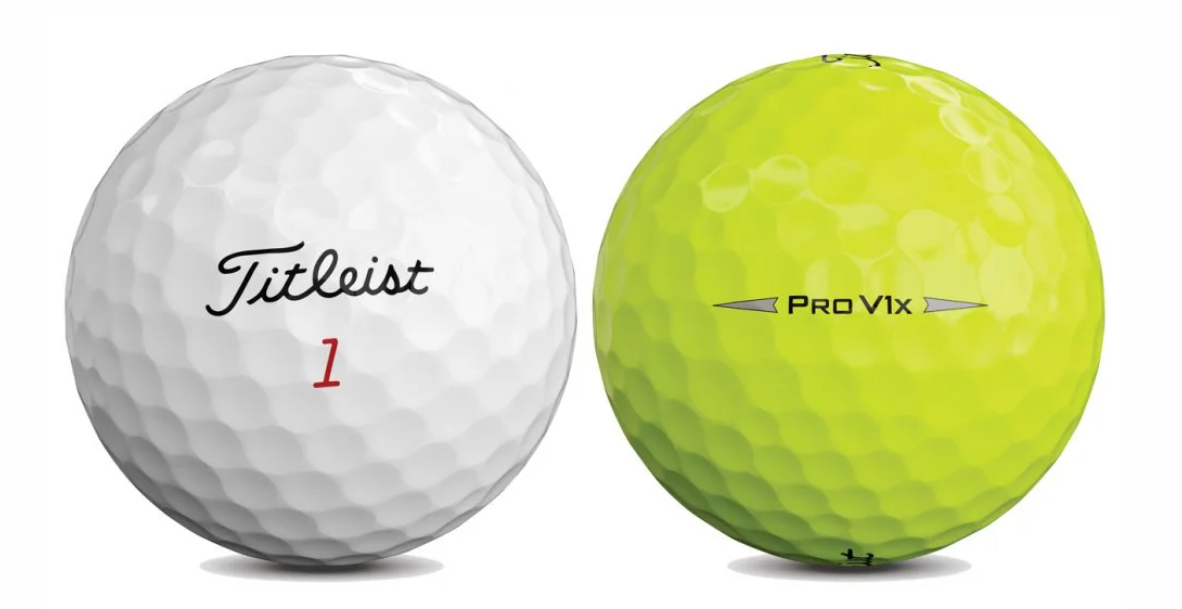
Beyond the color, is there really a performance difference between yellow and white golf balls?
I saw a story on Tommy Fleetwood changing to a ball with a different cover design, and it got me wondering if there’s a performance difference between yellow golf balls and the standard white version.
Welcome to another edition of the Fully Equipped Mailbag, sponsored by Cleveland/Srixon Golf, an interactive series in which our resident dimple head fields your hard-hitting gear questions.
We’ve seen a color explosion in the golf ball market over the last two years. Yellow remains the most popular alternative option, but it’s now common to see golfers playing balls with alignment patterns and two-tone covers, like the one found on Srixon’s Q-Star Tour Divide.
Pros have even warmed to the idea of playing with different colors and patterns as well, which is a significant shift from where we were about a decade ago. It’s safe to say the stigma that was once attached to yellow golf balls—most assumed they were designed for the range or high-handicap golfers—is no longer a thing.
Of course, it’s still natural to pick up, say, a standard Q-Star Tour and a two-tone Q-Star Tour Divide and wonder if they’ll perform the same. The covers look markedly different, but I can assure you that the ball’s performance is identical. The bright pigments you see are infused into the cover to keep things consistent across the board. Altering the ball recipe, even slightly, would be an R&D nightmare.
Having conducted plenty of ball testing on Foresight’s GCQuad with the same model in different color options, I can confirm the numbers check out from tee to green. Spin, launch, ball speed—it’s all the same.
The myriad of color options in the golf ball marketplace are primarily designed to enhance visibility, but a few serve a dual purpose, improving your alignment in the process. Some even come in matte finishes designed to reduce glare, similar to the matte crown look that’s become so popular on many drivers.
So the next time you pick up a yellow golf ball, don’t question whether it’ll check up like the identical version with the white cover resting in your golf bag. It’s not about changing the performance recipe but rather giving golfers different visual and alignment options to improve their play on the course.
PLEASE COMMENT BELOW ON WHAT COLOR BALL YOU USE AND WHY. ALSO, DO YOU FEEL ANY DIFFERENCE IN PLAYABILITY?
Equipment
Introducing the Cobra Golf limited-edition LTDx Black drivers and King wedges
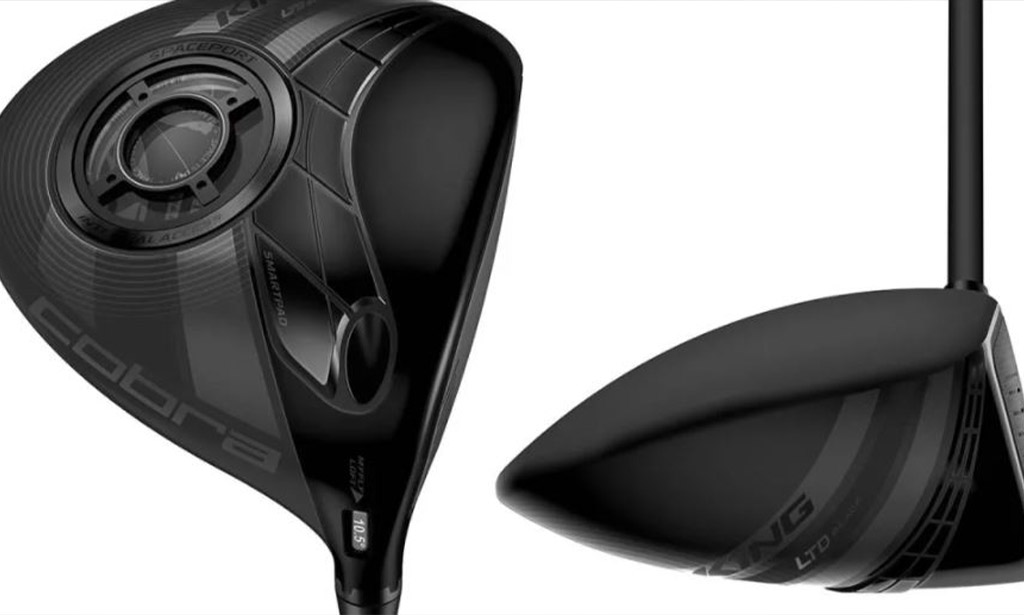
Cobra Golf has always acknowledged that players may prefer a different aesthetic for their clubs than what they normally offer.
In light of this, Cobra has released a limited-edition version of their LTDx drivers in an all-black color scheme. LTDx Black drivers are available in select lofts and flexes in all three LTDx models — LTDx, LTDx LS, and LTDx Max. A blacked-out Lamkin Crossline grip and a UST LIN-Q white shaft are also included with each driver.
Pwrcor technology is used in the LTDx Black drivers to move as much weight low and forward as possible to provide high ball speeds. The new HOT face design features 15 separate zones with optimum thicknesses to increase ball speed throughout the face, and was created using thousands of virtual simulations. The drivers also feature up to 30% more carbon fiber and a titanium chassis than the previous Radspeed model.
With adjustable weights in the heel and toe, the LTDx LS model provides a low-spin profile for talented players with faster swing speeds who want maximum workability. With customizable weight settings to help golfers pick whatever attribute they wish to accentuate, the LTDx Max is more stable while maintaining maximum draw bias. With a center of gravity below the NA line and a MOI of 5,200, the LTDx is a cross between the LS and the Max.
The LTDx driver isn’t the only blacked-out Cobra product; the King Cobra Black wedges feature a satin black QPQ finish. The polish is long-lasting and reduces glare.
Snakebite groove technology on the King Cobra Black Wedges boasts 40 percent sharper groove edges to maximize spin, as well as varied groove types based on loft, including as full-face grooves on 56-, 58-, and 60-degree heads. Versatile, Classic, and Widelow grinds are available to maximize performance in a variety of playing situations.
Beginning March 18, Cobra Golf LTDx Black drivers ($599 each) and King Cobra Black wedges ($149 each) became available for purchase.
Read the original article on The Golf News Net.
Blog
Tiger Got His Incredible Edge From This Game Changer
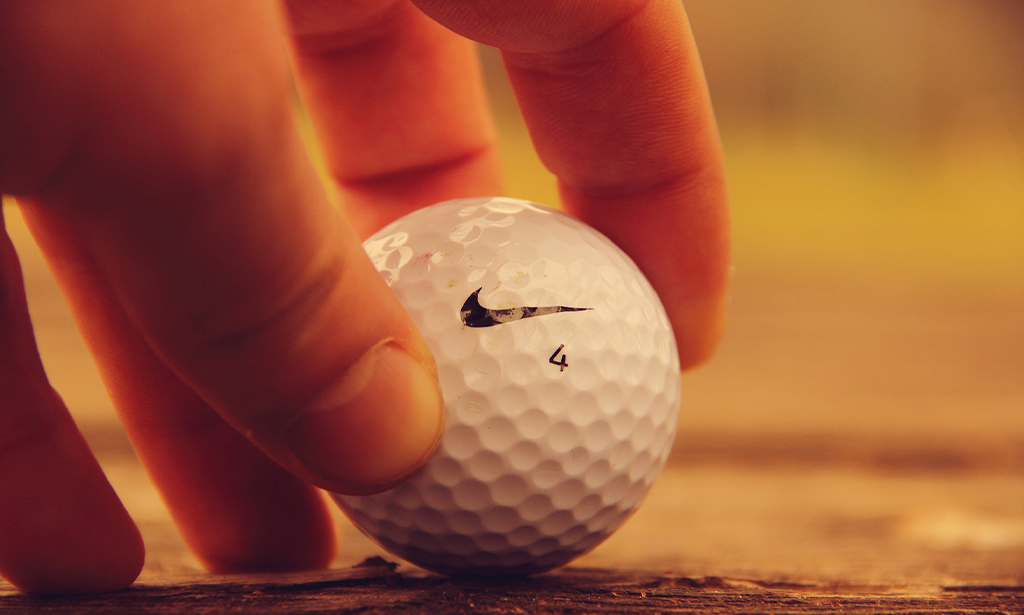
Tiger Woods’ 2000 season will go down as one of the greatest in the history of the sport. Three consecutive major wins. Nine worldwide victories. An astounding 17 top 10 finishes in 20 starts. A scoring average that was nearly three shots better than the Tour average. And the list goes on and on.
Woods was in a class by himself that year.
What’s even more impressive is that Woods completely rewrote the record books with a three-piece, solid construction ball with a molded rubber core injected and urethane cover that was markedly different from what his peers were playing at the time. Up until that point in his career, a liquid-filled core and wound construction was the preference for a majority of pros, Woods included.
Tiger didn’t need an equipment edge to dominate the competition, but his decision to put Nike’s Tour Accuracy in play that spring at the Deutsche Bank-SAP Open in Hamburg proved to be a turning point for not only the 15-time major winner, but the equipment industry as a whole. By the time Woods closed out the Tiger Slam at the 2001 Masters, all but four players in the field used a solid-construction ball.
Steve Williams, Woods’ former caddie, had a front row seat for the equipment change. During the latest episode of the Chasing Majors podcast — a show he co-hosts with golf journalist Evin Priest — Williams detailed the evolution of Woods’ golf ball change and the impact it had on the sport.
“This golf ball didn’t come by accident,” Williams said on Chasing Majors. “When Tiger signed with Nike, [the ball] was one of the projects. It didn’t happen overnight. It was a couple years of engineering that went into developing the ball and getting it exactly right. And it wasn’t going to be put into play until such time that it was exactly how he wanted it.”
Up until that point in his career, Woods appeared to be in total control of his game as Williams assumed the caddie job in 1999, but even the Aussie noticed some massive improvements as his boss started to put the Nike ball through its paces during early testing.
“Tiger had a couple hundred balls in his practice bag — obviously all the balls he wasn’t using at the moment — and he’d go through the same array of shots, but there was an ease for him to do exactly what he wanted to do [with the Tour Accuracy],” Williams said on the podcast. “When he was trying to hit that stinger shot, he’d really have to concentrate on hitting it low and all the mechanics that went with it. But this ball, because it was designed so well, for specifically what he wanted to do, he’d hit the shots he needed with more ease and more confidence. Heading into the 2000 season, this ball was going to be a big factor, I felt.”
Pressed by Priest to offer a shots-per-round advantage the solid-construction ball gave Woods in competition, Williams didn’t hesitate.
“Every time you have a golf ball reacting to the way you want to hit it, I think that just frees you up and gives you confidence,” he said. “You’d have to say it was worth one or two shots per round, for sure.”
One or two shots per round. Considering Woods was already head and shoulders above his peers, an extra one or two shots would’ve made keeping up with the then-24-year-old almost impossible. His results on the course back up the fact that Woods was, indeed, practically unbeatable on the course with the new ball in play.
Williams was quick to note Woods’ near-immediate success with the Nike ball was the polar opposite of what happened to Greg Norman — Williams caddied for Norman from 1982 to 1989 — during the 1980s when he switched to a high-spin Spalding ball.
“When Tiger went to that Nike ball, it absolutely suited him,” Williams said. “But way back in the 1980s, Greg Norman played Spalding and went to the Tour Distance ball — he was obviously paid a lot of money to play Spalding and this new golf ball — and that ball was so detrimental to his career. It was the worst thing he ever did. That ball would’ve cost him two shots a round.
“If he would’ve ended up playing a different ball at Augusta, he would’ve won the tournament. I have absolutely no qualms in saying that. The Tour Distance spun more than any other ball — and Greg liked that. But it spun too much. Back in those days, he didn’t have the advantage of having all of this technology like TrackMan to be able to tell you how far the ball was going. You just thought this ball spins good. That’s the exact opposite of what Tiger did here.”
Following Woods’ dominant 2000 season, Titleist released the Pro V1 during the second week of October and watched as forty-seven Tour players immediately put it in play, making it the largest pluralistic shift of equipment at one event in golf history. Thanks to Tiger, we all get to reap the benefits of a ball construction that’s superior to its predecessor.

This article originally appeared on Golf.com.
-

 Product Review5 years ago
Product Review5 years agoThe Perfect Practice Putting Mat Review by Jason Tenzer
-

 Blog3 years ago
Blog3 years agoLoophole Rule Offers PGA Tour Pros a Mulligan
-

 Blog3 years ago
Blog3 years ago2021 Buyer’s Guide: The Top 10 Value Golf Balls For Distance & Feel
-

 Blog3 years ago
Blog3 years agoGolf Marriage Counselor
-

 Blog5 years ago
Blog5 years ago9 Biggest Chokes Of The Past Decade
-

 Product Review5 years ago
Product Review5 years agoTHE ADJUSTABLE IRONS: WALKING STICKS GOLF CLUBS
-

 Blog3 years ago
Blog3 years agoWhat Your Golf Clubs Say About You
-

 Equipment5 years ago
Equipment5 years agoOHK Sports Interview by Jason Tenzer




